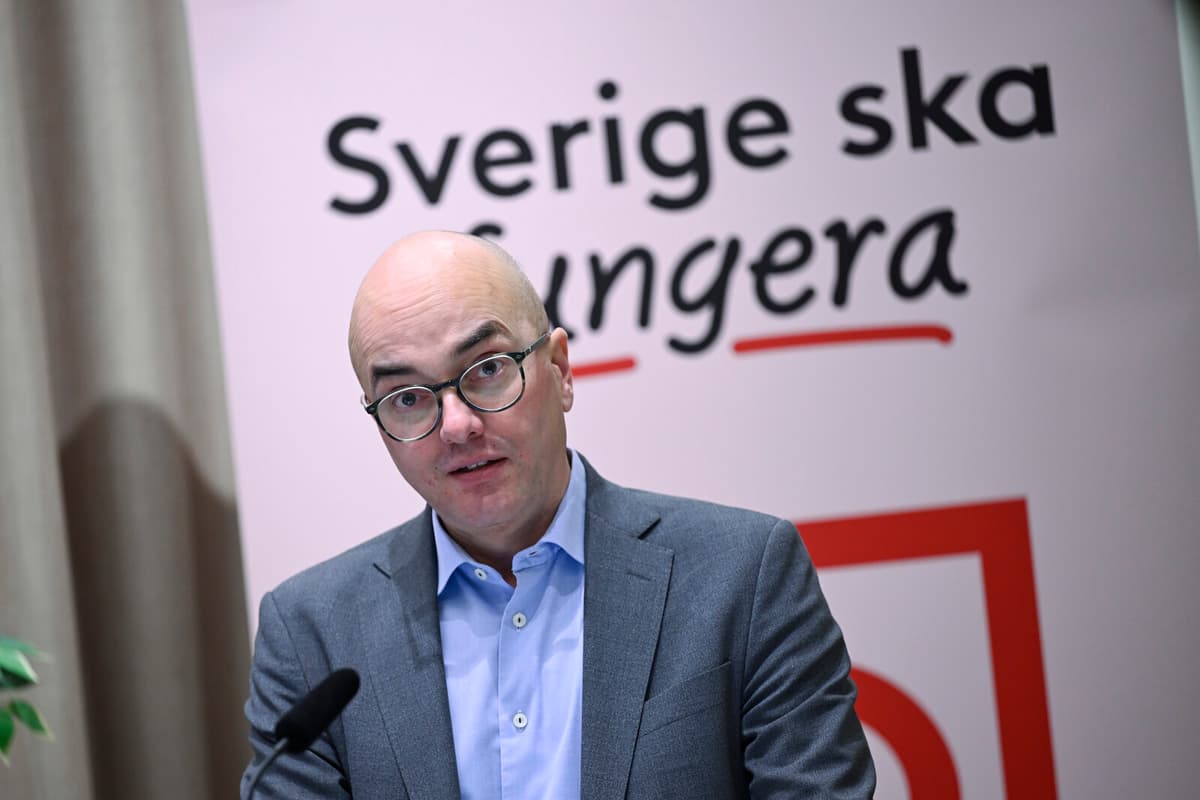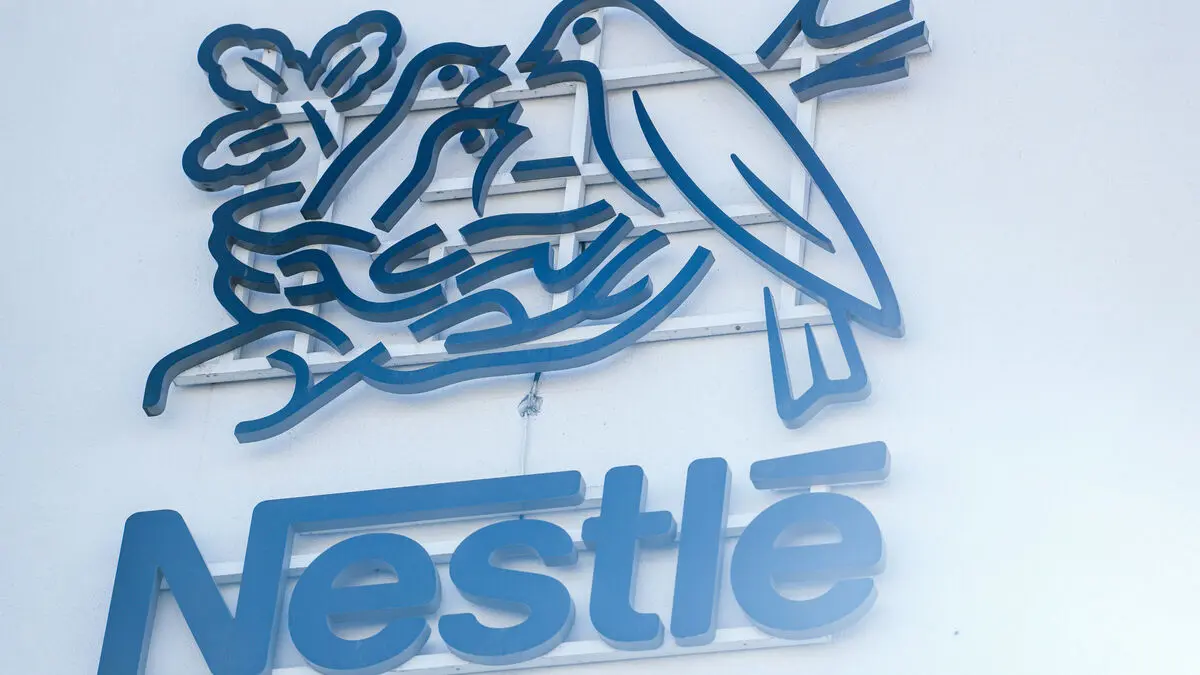Swedish GDP is expected to grow by 2.1 percent next year, up from 0.9 percent this year, according to the LO forecast. Lower interest rates and unusually high real wage increases, wage increases minus inflation, are expected to get households to start spending again.
"If the wage growth rate in 2025 is at the same level as in 2024, while inflation lands near zero, real wage increases will be historically high," write the LO economists.
In advance of the winter's major collective bargaining round, LO has demanded wage increases of 4.2 percent next year. Historically, the final agreements after negotiations with employers tend to land around three-quarters of the original agreement, i.e. just over three percent. Including wage drift, LO economists expect total wage increases of 4.0 percent next year.
In addition, LO notes that the government's fiscal policy includes many extra initiatives for households next year. However, economic growth could have been even higher with a different political direction.
"A large part of the budget space is used for tax cuts that mainly benefit high-income earners and savers, which hampers growth," write the LO economists.





